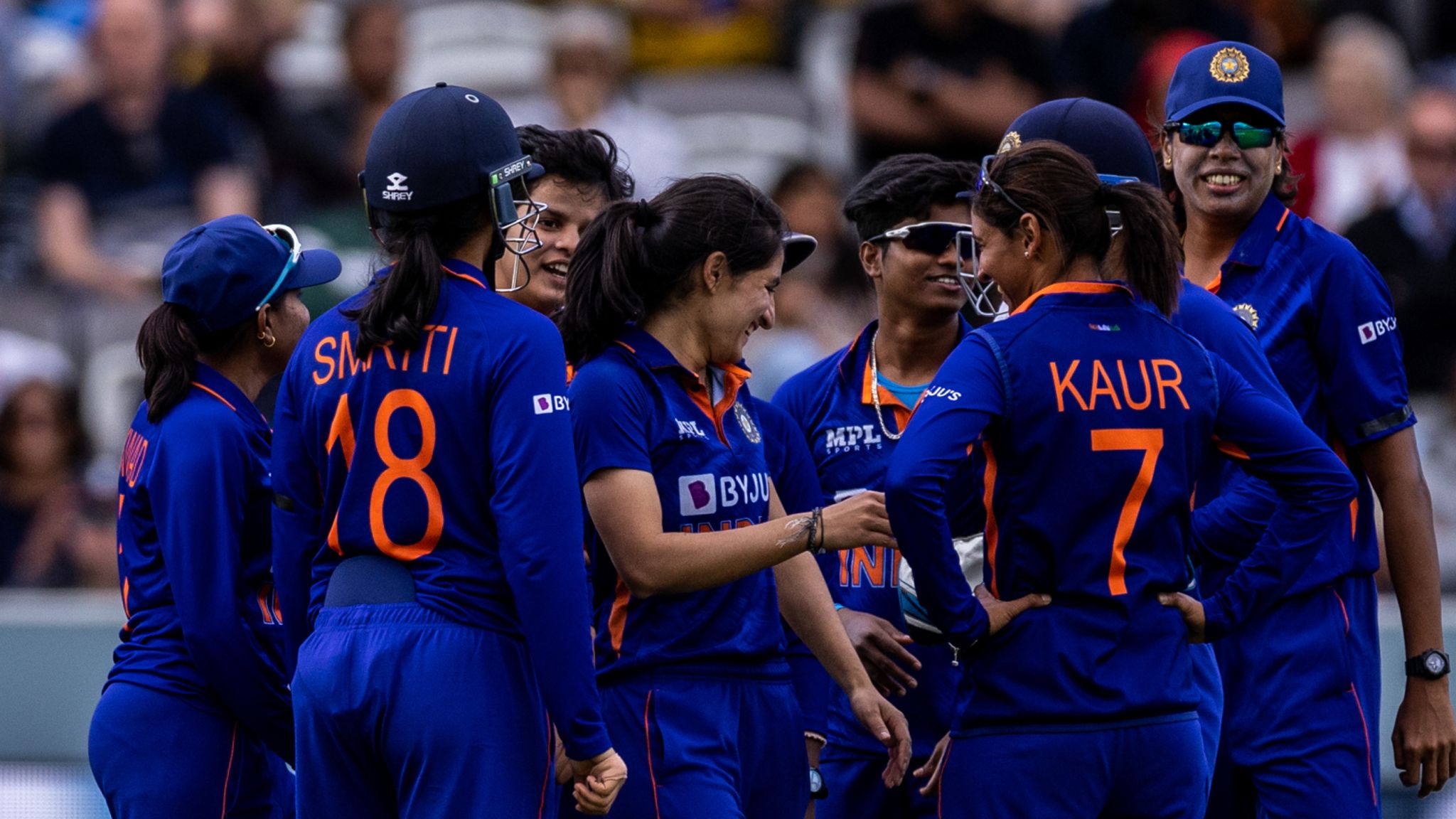
The same match fee rule for both men and women cricketers would usher in growth and spur young girls to seek a career in cricket. However, some issues of women’s cricket are yet to be ironed out
If a woman cricketer upsets her father, a Sikh, by chopping of her hair because she found it tedious to wash it after practice or a bat sent to a laboratory for testing because the force with which she hit a six left everyone dumbfounded, a right hander turned left-handed simply because her father admired a left-handed batsman. Or yet another who disguised herself as a boy simply because the kids, all boys, refused to include her in the team because of her gender. Then there was this 10-year-old who had a tough time deciding what she preferred: sleeping or playing.
These are stories which would perhaps have remained untold because neither women nor their cricketing finesse was anything to either rejoice or celebrate.
At least not till the decade had set in.
In 2002, they won their first test against South Africa and a year later they beat New Zealand.
But it was in 2005 that some part of the world and more particularly Indians cheered their women cricketers who reached their first ever World Cup finals. They bagged the runners up title but could not manage to make heads turn. Even though they adorned the blue, as it were, it largely remained a colour for the men.
It was on two occasions that the team made it to the World Cup final. If in 2005 they lost by 98 runs to Australia, some 12 years later they lost to England by merely nine runs.
Opinion, therefore, differs on whether 2005 or 2017 should be considered the turning point in women’s cricket in India. Both matches were lost but the way the women played only demonstrated that they were ready to take on the world. And that they did. The Cup eluded them but their performance made everyone sit up and take note of our women players. It was a nail biting match that won hearts: one where even in defeat there was victory.
Women’s cricket was no longer a side show in a country that breathes cricket.
In the din is lost the significance of 2006. The time calendar seems to have skipped it though that was what insiders call “support in real terms”.
It was in 2006 that the Board of Control for Cricket in India took women’s cricket under its care, so to say.
The Women’s Cricket Association of India merged with the BCCI, to put it simply. For women cricketers, it was a windfall because it meant belonging to a cash rich association whose mandate is to nurture the game.
Add to that the facilities that the move would bring in: from mattresses to proper beds; trains to planes; dormitories to hotels; basic match fees from no money at all to actually reading newspapers rather than using them to sit on: “A dream come true” is how majority of women cricketers hailed the move.
Yet the dream had just begun. Facilities and focussing on the game being one part, the other significant change was about being noticed. Suddenly it was about sharing space and even though the men in blue were frontrunners, women cricketers came out on their own. The women in blue were standing tall with their male counterparts.
Therefore when a former Captain of the women’s team said that “good days are here” for women cricketers, she was not off the mark.
The fact an estimated 180 million people from across the world would watch a women-led match including a 56 million people in India was beyond imagination.
The numbers were mind-boggling: there was a 500 percent increase in viewing hours in the country of which 80 million were rural and a 126 million for only the finals. Ticket sales were also record-shattering. Stadiums were full and the applause deafening. The women in blue had finally arrived.
But there was more in store: things which were never a part of the big dream.
Neither former cricketers or the present nor stalwarts had ever imagined that the BCCI would bring about what many see as a “revolution” in women’s cricket.
Its recent decision is one such.
Thanks to its new pay parity policy, the Board of Control for Cricket in India’s new pay equity policy promises Rs 15 lakh for a Test, Rs 6 lakh for an ODI and Rs 3 lakh for a T20I for the centrally-contracted women cricketers.
Hailed as a massive hike, it is way above what women cricketers currently earn: Rs 1 lakh for an ODI and a T20I and Rs 2.5 lakh for a Test match.
The same match fee rule in international cricket would usher in growth and encourage young girls to pick up the bat as it were, given that they will now be able to find a career in cricket. This would perhaps help change the patriarchal mindset wherein girls are meant to play with dolls and boys are bought a bat in their formative years.
Even while the BCCI is busy patting itself on the back on pay parity, critics see this as “half-done”.
The key is the retainership payment wherein players are paid annually depending on their grade.
In cricket, apart from the match-wise fees, there is a retainership payment system.
As of now, women cricketers, Rs 50 lakh for Grade A cricketers, Rs 30 lakh for Grade B and Rs 10 lakh for Grade C cricketers are paid annually apart from the match fees. Men cricketers, who play a higher number of games, are paid between Rs 7 crore and Rs 1 crore depending on their grade, starting with an A Plus grade. This remains the same.
Therefore even when there is parity there is disparity because the big money is in the retainership fees.
However this does not undermine the step BCCI has taken. There sure are gaps but these do not, in any way, take away the intent and spirit of the move. It is to do for women’s cricket what has never been done in the past.
That apart, one cannot ignore the messaging that this reform brings with it: that being that those in the saddle are sensitive to women and also willing to not only recognize but also reward talent. Also this would serve as a good example for other sports in India and usher in an era of more women taking to sports.
Add to this the fact that talent from the grassroot will also be motivated to join the ranks.
Of course this does have a danger of many opting out of studies or giving up formal education for the sport which could mean a high drop-out rate in schools. Whether that will happen only time will tell but the Government can devise ways and means to ensure that studies and sports go hand in hand.
Much distance has been covered but there are miles to go before one can claim an ideal situation.
However it is only fair to credit the BCCI’s initiative which is a good and encouraging beginning. It may not be a giant leap but it is a step in the right direction and a dramatic turn-around from women watching men play on the turf while they struggled on matting pitches.













